Understand how different types of money work and how each one fulfils an important role in our economy is key to understanding finances in a modern society.
Money, as an organized system of value, can make it easier for people to exchange products in an economy. Money is referred to as an acknowledged medium of exchange for goods and services in economics. Anything that fulfils three main purposes of money can be deemed money:
- Medium of exchange
- Store of value
- Unit of account
Given this, you might not find it unexpected that there are several types of money. Here’s a look at different types of money.
Contents
Fungible Money
Fungible, according to the Oxford Dictionary, means replaceable by another identical object (mutually interchangeable).
Fiat currency is a type of fungible asset. Fiat currency is money that is produced and issued by governments. A banker or cashier would not see any difference between a one ringgit bill and another one ringgit bill because they are both valued equally. However, the currencies must be of the same kind; for instance, one US dollar cannot be exchanged for one Euro.
Fungibility in the context of money refers to the ability to exchange exactly one unit of one currency, such as the dollar or bitcoin, for another. In the end, authorities must exercise vigilance to prevent fungibility from being broken while regulating cryptocurrencies because if it is, money itself will become useless. The fundamental rationale for using the money system is removed if fungibility is destroyed.
Durable Money
The quality of durability relates to how a thing does not easily dissolve, decay, change form, or undergo any other type of transformation over a lengthy period of time. Durability, however, also refers to social and institutional durability in addition to durability in the physical world.
For money to fulfil the associated roles of a medium of exchange and value storage, durability is essential.
A thing can function as a medium of exchange because it retains value from one exchange to the next. And this requires durability. Twenty-ringgit bills can be easily replaced if they grow worn and are not torn because they are reasonably resilient and a lengthy trip to the supermarket generally poses no threat to the bill’s quality or worth.
Stable Money
In the past, “stable money” referred to the gold standard. However, it’s possible that not everyone fully understands how this abstract idea of “stability” and gold are related today.
As a means of exchange, money should be usable for making purchases. The value of the bills and coins in your wallet or the balance in your bank account, however, is not dependent on the sums themselves. The quantity of goods and services you can get for a certain amount of money is the only way to determine its value.
Therefore, the purchasing power of money, which in turn depends on prices, determines its value. The purchasing power of a particular quantity of money decreases as prices rise.
Recognisable Money
Users should be able to agree on the commodity’s identity and quantity so that it can be used as money.
Transactions become simpler because both parties to the exchange accept the rules of the exchange without having to pay extra for everyone to verify legitimacy. The participants in the transaction will have to pay transaction charges to confirm the commodity’s legitimacy and tell real money apart from counterfeit money when it is unrecognisable. It is essential to be able to recognize money for what it is.
Today, we can determine a currency note’s worth by looking at it. People may struggle to distinguish between dealing with money and another inferior asset if money is not recognizable.
Commodity Money
Commodity money is a physical good that people all over the world use to exchange for other goods. It is comparable to the money we use now, but it has real value. For instance, gold was used both as currency and to make jewellery. Therefore, it had worth in addition to serving as a means of exchange. This is referred to as “intrinsic value” in economics.
Commodity money is a type of money that contains intrinsic value, meaning it is valuable in and of itself rather than just serving as a symbol of value, like a banknote. Coins made of gold or silver are the most popular kind, however, any item can serve in this capacity.
Government-Issued Money
The opposite of commodity money is fiat money. Fiat money and commodity money differ in terms of their fundamental value.
In the past, commodities like gold and silver coins had intrinsic worth that came from the materials they were composed of. Fiat money, however, has no inherent worth. It is merely based on a promise from a government or central bank that the currency can be used to buy things equivalent to its value.
Fiat money is defined as money that is issued by the government. It is supported by the government that issued it rather than a tangible material like silver or gold. The relationship between supply and demand, as well as the overall stability of the government, affect the value of fiat money. The ringgit, the U.S. dollar, the Euro, and other significant global currencies are a few kinds of fiat currencies.
Bank Money
The growth of trade and business fueled the demand for money that could be easily exchanged. The Amsterdamsche Wisselbank (the Bank of Amsterdam), which was founded in 1609 as Amsterdam rose to become the largest and most prosperous city in Europe, is credited with creating the idea of bank money. As an exchange bank, it allowed customers to deposit cash or bullion and then withdraw the cash or bullion’s value.
All bills costing 600 gulden or more were to be paid through the bank, or by transferring deposits or credits to the bank, according to the initial ordinance that formed the bank. Later, “bank money” was the term used to describe these transfers. The bank’s sole source of income was the fee for making the transfers. Commercial bank money contributes to the creation of cash and liquidity in an economy.
Conclusion
Money serves as a medium of exchange, store of value, and unit of account in an economy. There are various types of money and each type of money has its own characteristics and serves different purposes in an economy. It is important for money to be durable, stable, and recognisable in order to effectively function as a medium of exchange and store of value.
What type of money are you most familiar with? Let us know in the comments down below.



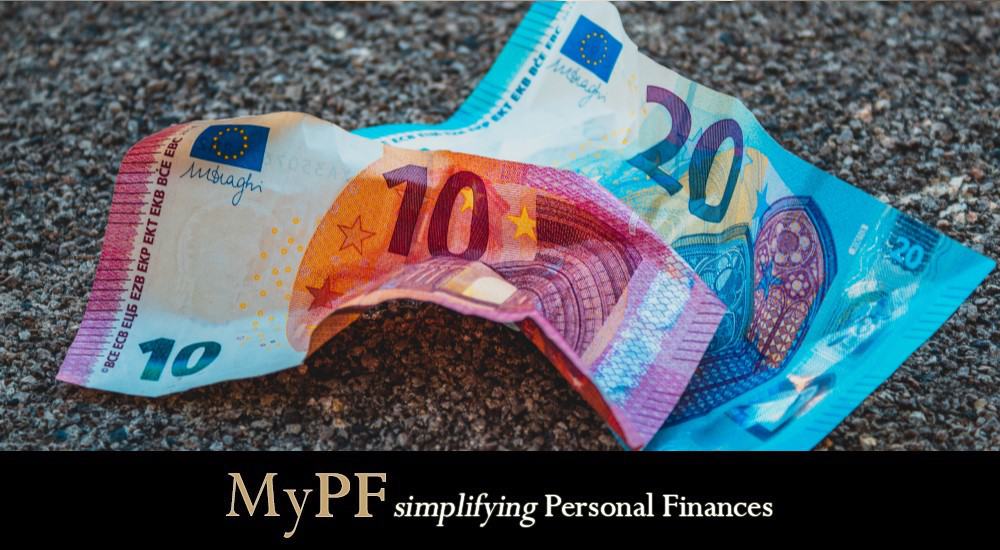
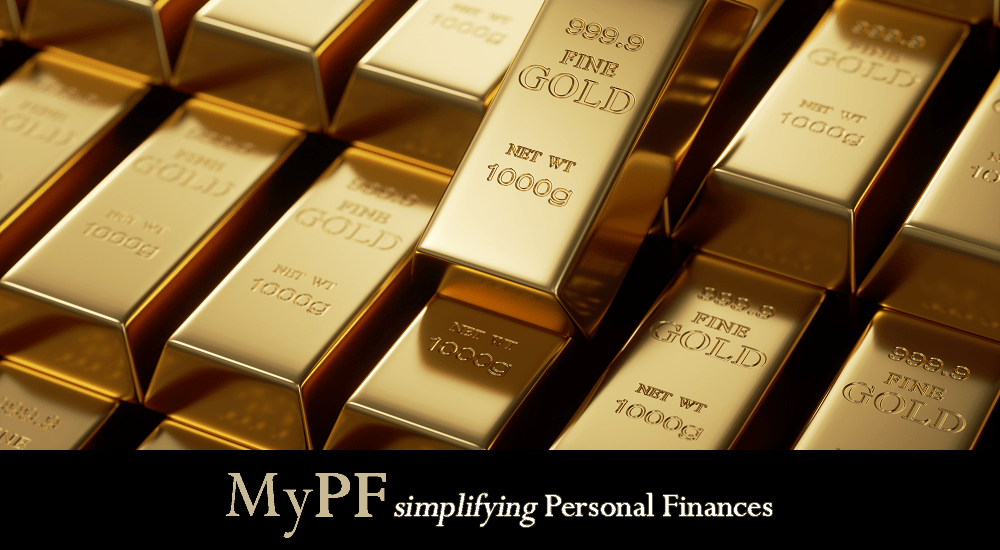
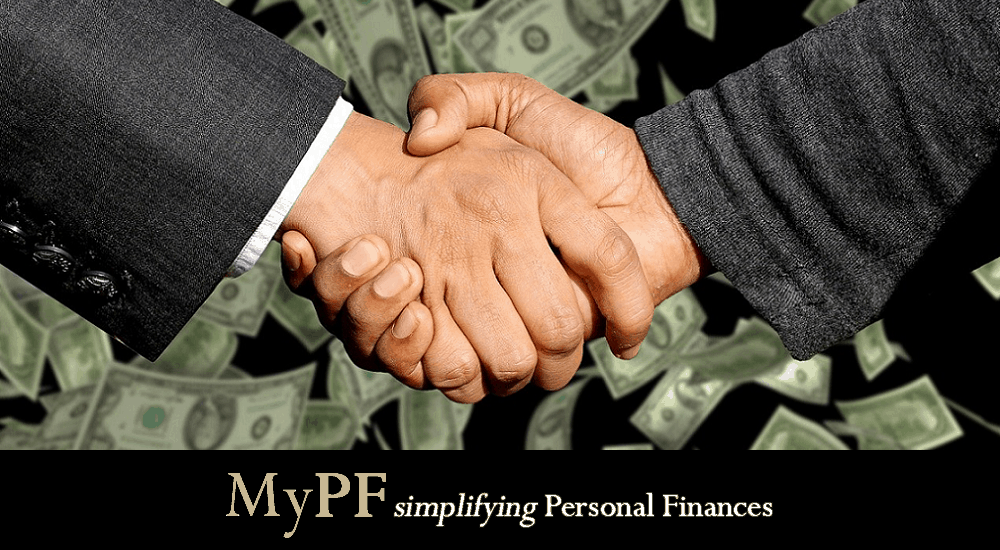
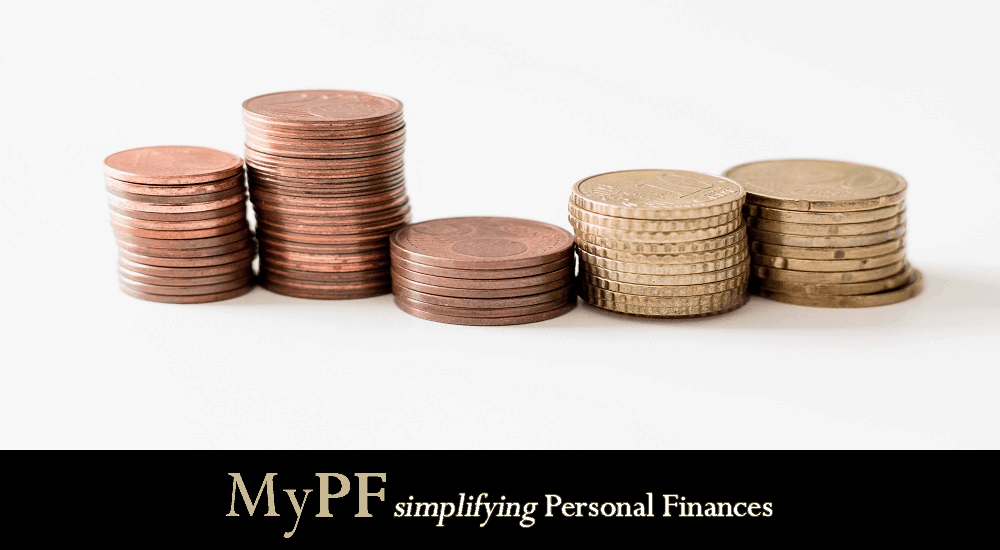
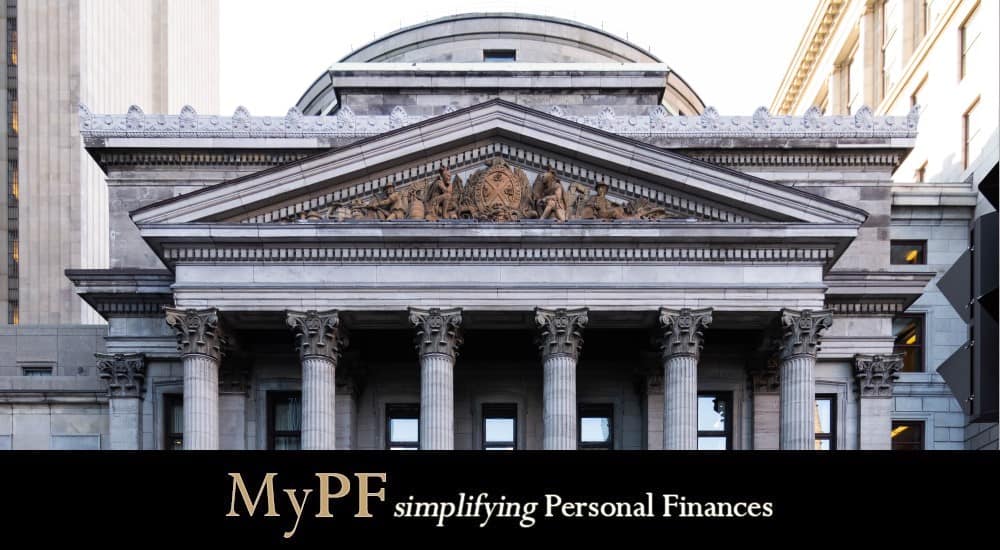
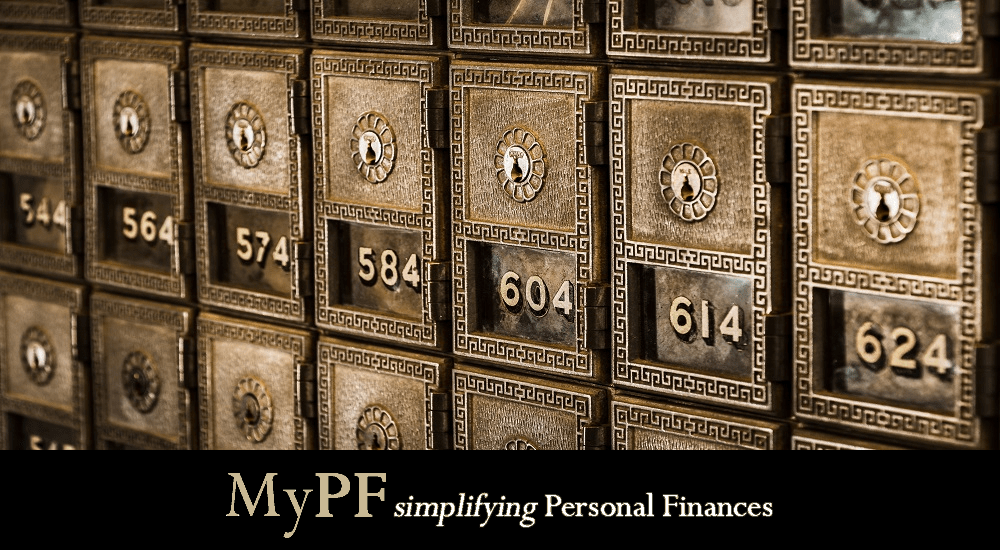
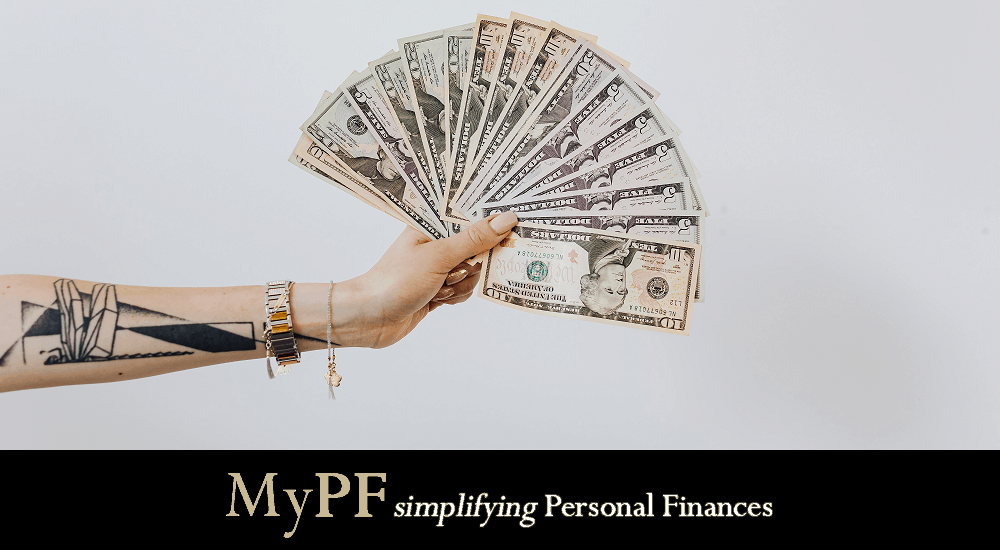

Leave A Comment